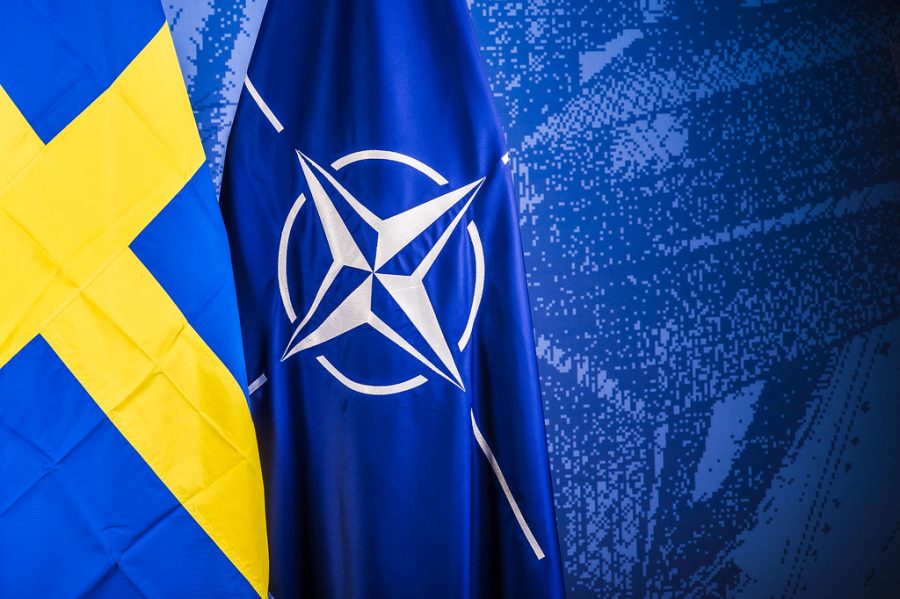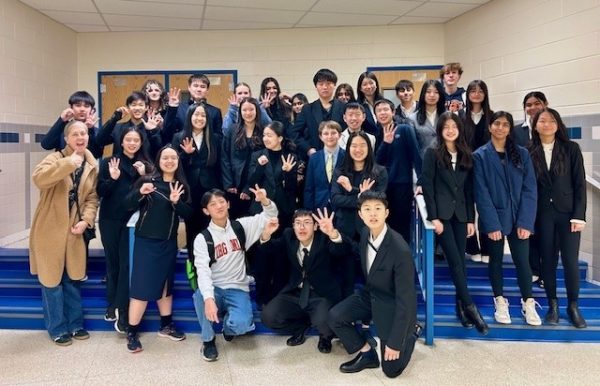NATO’s Influence Across the Globe
In light of the Russian invasion of Ukraine, NATO has become an instrumental tool for diplomacy, affecting even countries that are not members of the alliance. NATO, the world’s most powerful military alliance, consisting of countries in North America and Europe, has existed for over seventy-three years. Its complex history, command structure, and future goals have left a profound impact on the United States and the world.
The alliance is called the North Atlantic Treaty Organization (NATO), a defense alliance created by the United States, Canada, and several Western European nations on April 4th, 1949, in Washington, D.C. Its initial purpose was to provide security guarantees against the Soviet Union and its allies during the Cold War.
The structure of NATO is simple. The NATO website states that the North Atlantic Council, consisting of people across the alliance, serves as its decision-making body. It includes two major departments: The Defense Policy and Planning Committee, which acts as the deciding force behind military actions, and the Nuclear Planning Group to prepare against nuclear threats.
The treaty establishes the geopolitical structure of the alliance through various articles. Notably, Article 5 states that “an attack against one is an attack against all,” meaning that each member will come to the aid of another in the event of a crisis.
NATO was created in the aftermath of World War II, a global conflict between the Axis and Allied Powers that left the British and French empires drastically weakened. The World War Two Database finds that most of the fighting occurred on the European front, meaning British and French infrastructures were heavily damaged, weakening their economies. On the other hand, the unscathed United States profited massively from the sudden job creation from the war.
According to Britannia, Global British and French influence collapsed after diplomatic pressure forced them to withdraw their troops in the Suez Crisis. As both empires decolonized either peacefully or violently, the U.S. and the Soviet Union quickly seized control of the world stage. Their opposing ideologies, fear of being outclassed, and mistrust of each other sparked the Cold War, a period of indirect conflict between the Americans and Soviets.
During the Cold War, American and European leaders were especially fearful of a Soviet invasion of Europe to spread their influence, particularly after the Soviet blockade of Berlin. Europe was destroyed, and the Soviet military was strengthened, causing Western leaders to conclude there would be little to no resistance to establishing a communist Europe.
Another reason NATO was created was to restrain countries like Germany from igniting another European conflict. In a declassified NATO debriefing, Secretary General Lord Ismay stated that the alliance’s purpose was to “keep the Soviet Union out, the Americans in, and the Germans down.”
On March 4th, 1947, the British and French governments signed the Treaty of Dunkirk, a promising treaty assistance in case of an invasion. The treaty quickly involved Belgium, Luxembourg, and the Netherlands and was renamed the Western Union by the Treaty of Brussels. Talks for a North American expansion led to the creation of the North Atlantic Treaty, which is now known as NATO.
Now, the most important question remains: How does NATO affect the modern world? NATO has consistently promoted and maintained world peace. It established no-fly zones in Kosovo, Iraq, and Libya to comply with UN demands. It guaranteed that no country in the alliance must stand alone against foreign threats. The positive effects of its security guarantees ensure that we Americans live in a peaceful and secure world.







